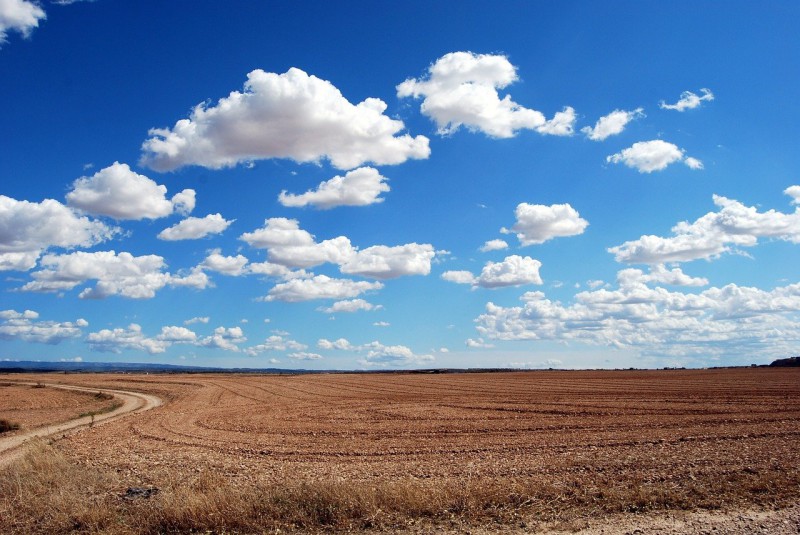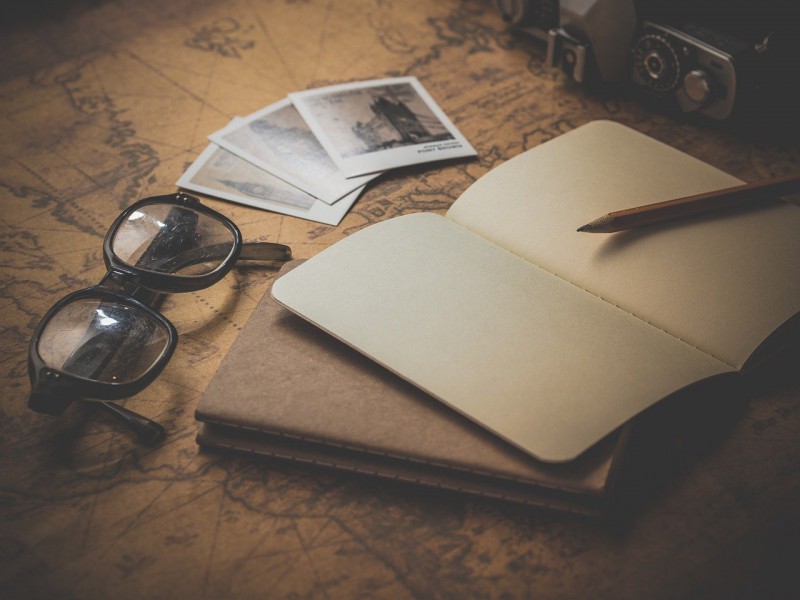Many people grow up wanting to be archeologists, but their lives take them on some other path. However, not many are conscious of the work it goes into. Only if they fulfill the necessary steps archeologists may say they're doing their job. Yet, know that you need a permit from the local authorities for much of the top ten stuff listed here, and archeological work (excavations especially) shouldn't be taken likely and done illegally!
10. Asking a Question
 Everything starts with a question Photo: StartupStockPhotos/Pixabay
Everything starts with a question Photo: StartupStockPhotos/Pixabay
Like any other science, archeology starts by asking a question. That, as expected, depends on your field of interest. This ranges from paleolithic until the late Medieval period, from chronology and typology of the stone tools and pottery to anthropological research of some particular population from the 15th century.
Once you find your niche, ask an interesting question, write your project proposal, and start looking for funding. As you might have expected, financial support and gain in archeology usually aren't big enough for everything one project leader planned for. That is why undertakings need to have catchy names and ask relatable questions about current scientific trends, which you can continue if necessary.
9. Interviewing Local People
 Locals keep the tradition alive Photo: jackmac34/Pixabay
Locals keep the tradition alive Photo: jackmac34/Pixabay
Archeology explores the past and finds answers from the material culture (finds, artifacts) gathered from, primarily, field excavations. But before you go in the middle of nowhere to start digging, you have to find yourself an archeological site. And it has to be the one where you'll uncover stuff you're interested in.
Who better to know the local tradition and the land than the residents? Many sites are out there, including villages, towns, and a0bandoned graveyards. You can learn so much more about the region than you ever expected by interviewing the local population!
8. Going on a Field Survey
 There's no better way to find an archeological site Photo: pcdazero/Pixabay
There's no better way to find an archeological site Photo: pcdazero/Pixabay
Once you talk and gather basic information about the land you're interested in, it's time to go out in the field and do the survey. That means you're in your SUV and looking for artifacts on the surface. Once you gather a bunch of pottery, for example, you mark your position with the GPS so you can return to the spot afterward.
By marking boundaries around where you found the artifacts, you'll get a general sense of the settlement location. Today there's so much modern equipment that can help you in that job, including geo-radar or geo-magnetometer. They scan the soil layers beneath and show us some structures (walls, pits, graves, etc.)
7. Preparing for the Excavations
Get ready!
After the survey, hopefully, you found an interesting site you think is worth excavating, and the preparations for it can begin. Field excavations usually occur during late spring and summer because of the nice weather. Preparations include organizing the accommodation for your workers or volunteers and getting proper tools (shovels, wheelbarrows, trowels, etc.).
However, if projects aren't funded on time, you must wait until the money rolls in. You can only start with the preparations, so you'll probably do the excavations during winter. In that case, get yourself warm clothes and extra socks, because working in the field when you don't know if the snow will fall the next day can be tricky!
6. Excavating
Here's an overview of archeologist's day
Hopefully, you're ready, and you can start with the excavations! You have your tools sharpened, workers eager to work, and your thoughts straight, so you don't lose focus. Remember, you have a single shot at this! Archeological excavations use destructive methods, and you have to be very careful not to mess something up!
Mistakes happen, especially among young archeologists. But if older and more experienced people surround you, they'll point out what you did wrong. Excavate, be careful with the layers, separate the material, photograph, take notes, and draw. You'll have your documentation appropriately done!
5. Working on the Excavated Material
This is one of the most important jobs after the excavations!
The excavations are done, and you're now in your office with boxes of artifacts, a computer full of photographs, and notebooks with your reminders. Now comes the time to organize everything and see what kind of settlement you found and what people did there. Roll up your sleeves because this part of the job is usually the one taking most of the time!
Firstly, the pottery and all other artifacts must be carefully washed and cleaned. Afterward comes sorting the specific ones (with some particular decoration, for example) that can tell you more and the ones you leave aside for now. Then, you photograph and draw some of them to make representative plates of excavated material.
4. Writing a Report/a Book
 Summarizing your work is essential Photo: DariuszSankowski/Pixabay
Summarizing your work is essential Photo: DariuszSankowski/Pixabay
Notes on the field are crucial because they represent information and details you noticed at the excavations. When you combine that with the sorted material, drawings, and photographs of all the pits, dwellings, and houses you found, you can slowly start putting pieces of the puzzle together.
Writing an initial report of the excavations should be done as soon as possible because it helps your other colleagues find out what you worked on. It also helps you summarize your work as you think about future steps. Also, you usually need the report for getting the following excavation permit, which is necessary.
Videos like this can always help!
You are done with the official part of the job, but ask yourself why you are doing it if you don't share it with other people. Go out there and spread the word of your finds! Your excavations might not have been as exclusive as finding Tutankman's coffin, but every effort helps.
If you're in the museum, you can easily organize workshops for the younger crowd to show them how to make some artifacts. For your colleagues, a lecture or a short presentation is always welcoming. However, while you're doing all of this, think of some other significant steps, such as organizing an exhibition.
2. Making an Exhibition
There's so much work behind the curtains!
Exhibitions are an essential step in the work of archeologists. Maybe this year's excavations weren't significant and exclusive to have a dedicated presentation. Nevertheless, you can always team up with other enthusiasts and make group exhibitions.
This also requires a lot of work and time to prepare! Finding the suitable examples, glass cases, correct lighting, writing the catalog… There's so much to think about! However, if you do this nicely, you'll have a great legacy behind you, and people will talk about it!
1. Re-visiting the Site
This expert tells us what happens with the looted items!
Last on our list is one particular job that few people think about. Yet, re-visiting the site of the excavations is crucial. If you care about your project, you'll come from time to time to see if someone looted the place for hidden treasure or if it needs some conservation done. It all depends on the type of settlement you excavated.
In the end, if you have a project that runs for several years, you're bound to come to the site again and do the excavations or some other type of research there. Of course, if you manage to get enough resources, publicity, and the support of the local community, there might be a visitor center or a small museum dedicated to the site.
Archaeology is much more than excavating and putting artifacts in the boxes that end up on the shelve in the museum. If you work tirelessly, you can have fascinating results. But bear in mind that you'll need help from other experts if you want to achieve something big! Conservators, architects, chemists, historians, so many of them can team together and produce an astonishing result in the interdisciplinary project!
Have you ever been a part of the archaeological project? Do you have a step you would add to our top ten list?
Cover photo: TopTens.fun/Midjourney